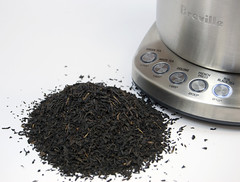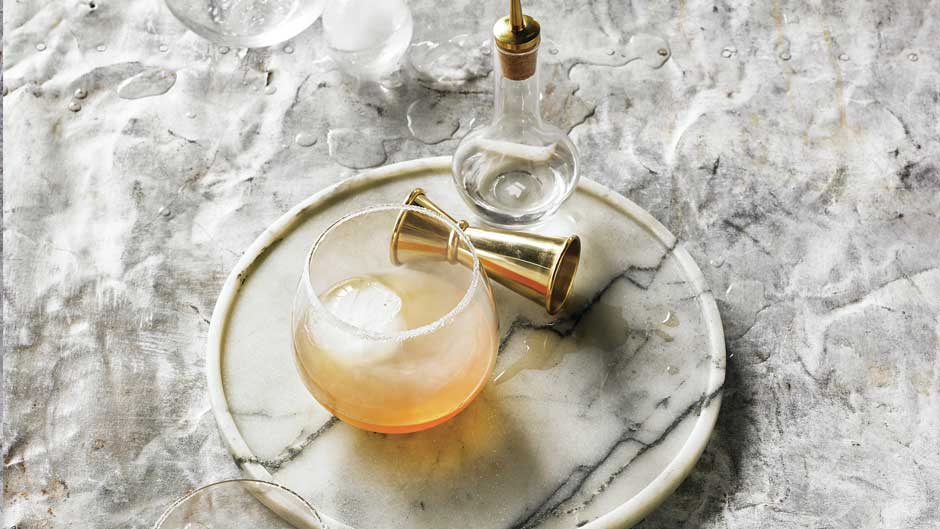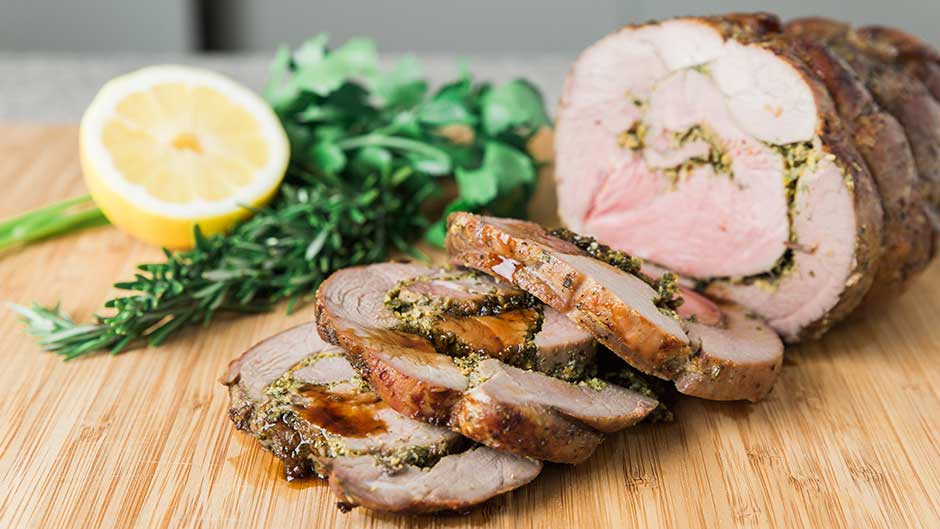It was actually Charles Grey, the second Earl Grey, prime minister of Great Britain in the 1830s, who is the namesake of this common form of black tea.
While his tea is regarded around the world for its strong, fragrant taste, the second Earl Grey is also remembered for what is now known as the Great Reform Act of 1832.
This attempt to define the electorate’s role in determining members of Parliament is dubious for explicitly denying women the right to vote. This historic sleight by the Earl and his legislation would not be corrected until 1928, when universal suffrage for British women over the age of 21 was granted.
As for the origin of his tea, the story goes that it was a diplomatic gift from a Chinese friend whose life the Earl had saved. Unlike common black teas of the day, this one was flavored with bergamot, a fragrant citrus fruit that looks just like a lemon except it’s about the size of an orange. This story is, however, probably false.
Earl Grey today
Nowadays, Earl Grey is consumed across the world but still finds its biggest audience in England. The bergamot used to complete the tea is grown in Italy. In addition to use in Earl Grey tea, bergamot oil is used in perfume and herbal remedies. The bergamot’s potent flavor can be overwhelming off the tree and makes it an unlikely candidate for a breakfast juice.
Earl Grey is among the most common teas in supermarkets across North America, and quite an assortment is available online and in specialty shops.









